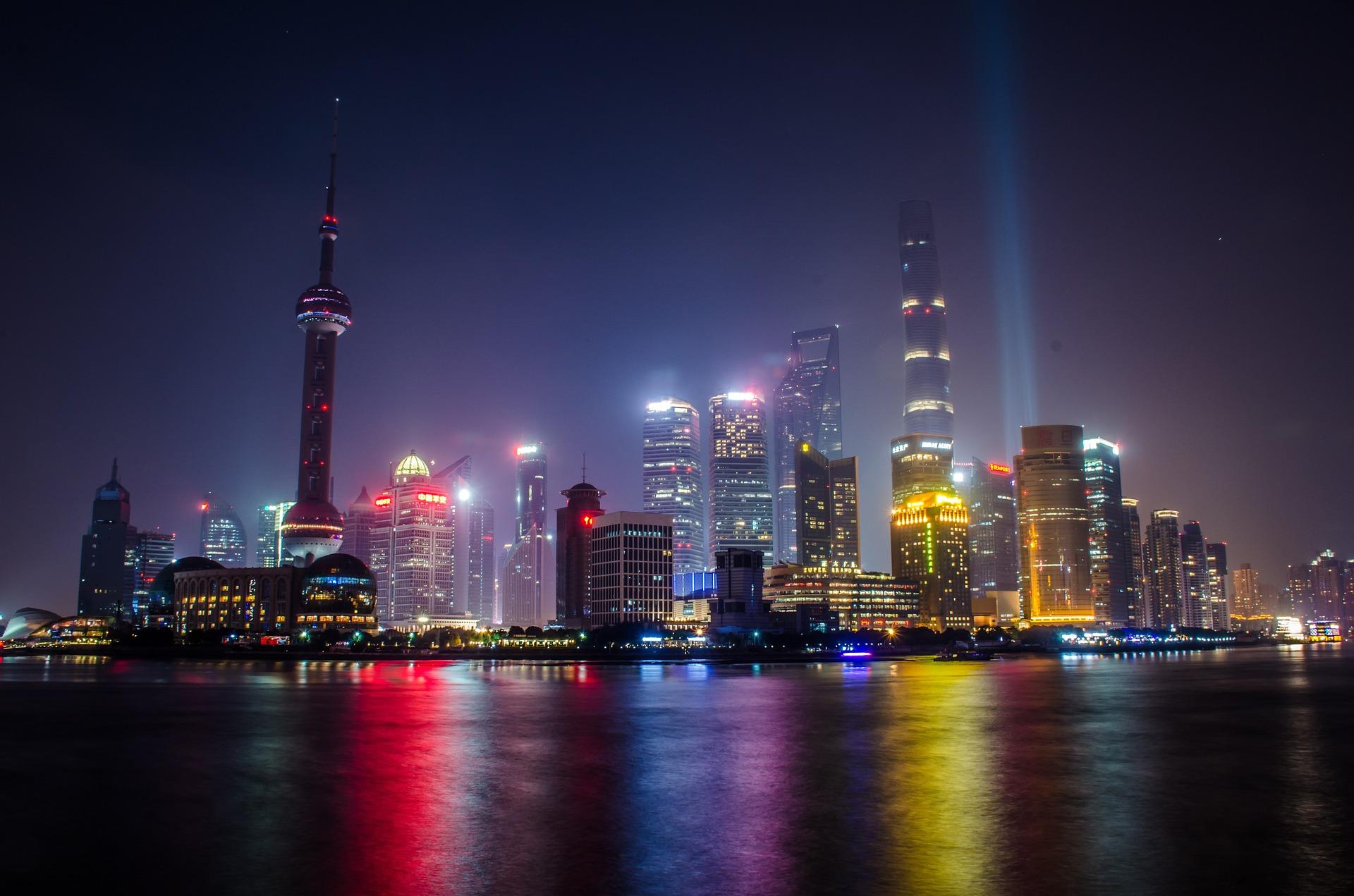Overview
Shanghai is the place where China and the western world collide in an explosion of gleaming skyscrapers, financial institutions and luxury goods. The city’s position on the mouth of the Yangtze River, making it perfect for shipping, was noted as far back as the Qing Dynasty (16th century) but a boom in the 19th century is what put it on the map and piqued the interest of Europe. After the British were victorious over China in the First Opium War, Shanghai was open for business. It was only recently, in the 1990s, that Shanghai regained its status as financial world power. The area that is now Pudong was still agricultural land 20 years ago - since then the business conducted here is what is fuelling Shanghai’s huge economic advances, making it China’s most prosperous city.</p>
<p>Shanghai is more about experience than sights - there are shopping malls, luxury hotels and entertainment abound and a population that has a penchant for materialism. However, dig a little deeper and you will find plenty of treasures amongst the thousands of glass towers. The atmospheric alleys of Old Shanghai replete with old temples still buzzing with worship are easily explored, there is a wealth of Art Deco architecture (most famously on The Bund) from the golden age of colonial power in the 1920s and 1930s and plenty of new museums and galleries to saunter around. For the perfect overview of the city's contrasts, take to the waters of the Huangpu River for a relaxed cruise.
